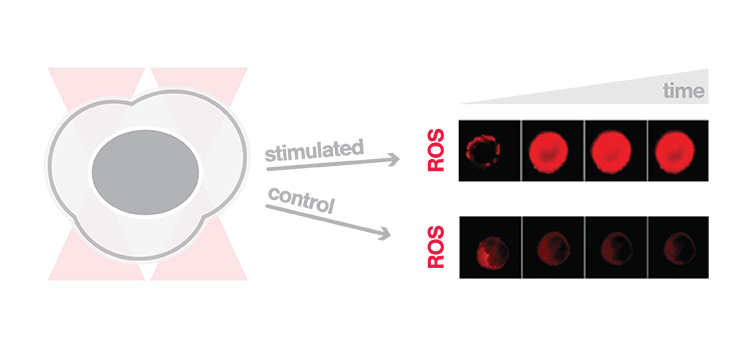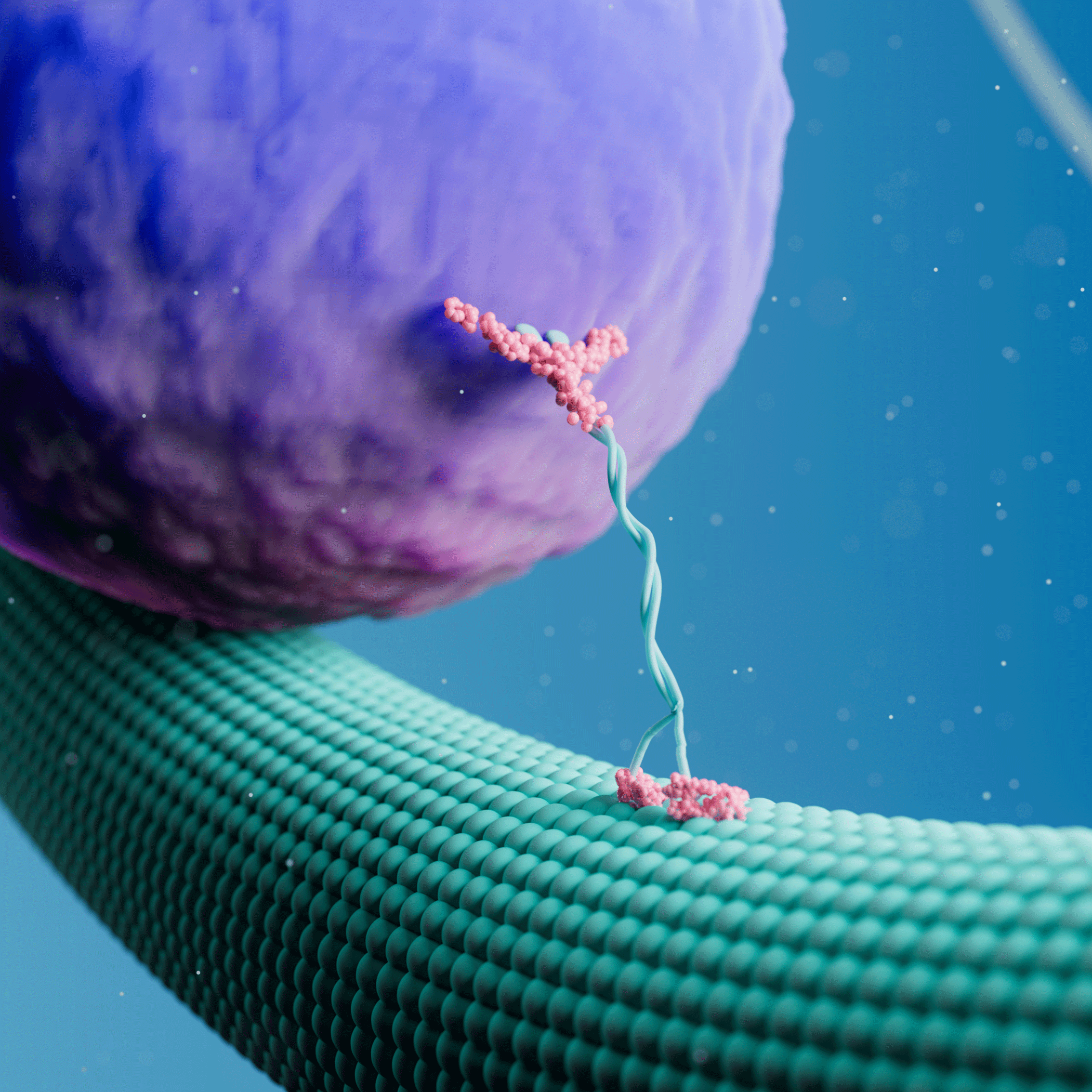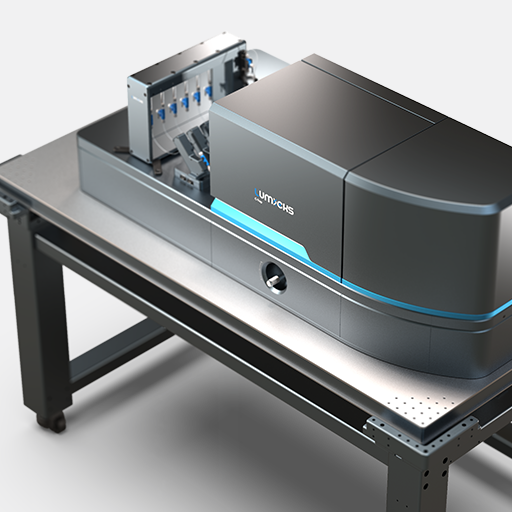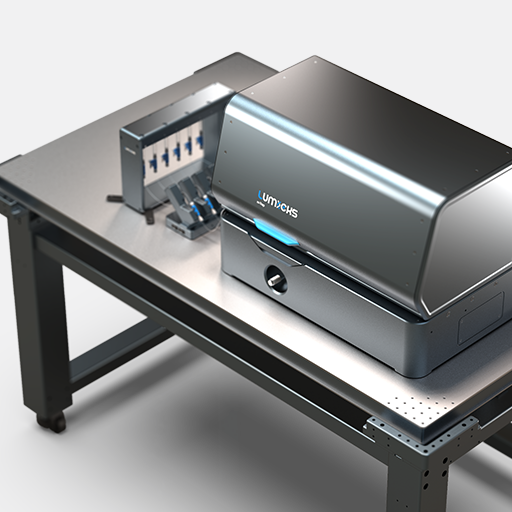In a recent article published in Small Methods, researchers reveal a method that uniquely captures the early phase of oxidative stress response in macrophages. Employing the powerful combination of optical tweezers, confocal fluorescent microscopy, and microfluidics of the C-Trap®, they measured the real-time intracellular response of individual macrophages to a stress-inducing stimulus.
The article provides a new and effective approach to investigating early kinetics of macrophage activation on a single-cell level while excluding the influence of external cues which might alter the innate reaction. Insights into these dynamics will highly contribute to our understanding of the different states of macrophage activation and their influence on immune response and tissue homeostasis.
Vasse et al. optically trapped suspended macrophages thus eliminating external cues that result from interactions with other cells or substrate. They next exposed the macrophages to PMA, a biochemical known to induce intracellular oxidative stress response, leading to reactive oxygen species (ROS) formation inside the macrophages. A fluorescent marker was employed to observe ROS generation in real time using confocal fluorescence microscopy.
Within the first minutes after PMA activation, the scientists detected a rapid increase in ROS formation, which increased two-fold and stabilized at this level. Interestingly, ROS distributed heterogeneously in the cytosol at the start of the experiment and subsequently spread homogeneously. The high spatiotemporal resolution of the C-Trap® enabled the researchers to capture the early time points of ROS generation and its intracellular localization in real time, which would not be feasible otherwise.
This novel approach yields new insights into the intracellular response of individual macrophages to a single stimulus, while also maintaining the cells intact. Compared with other conventional methods, this set-up excludes confounding effects such as surface interaction and cell communication. This method will provide information that will help researchers to understand the individual triggers that influence the polarization states of macrophages.
Learn more about the experimental details and results by reading the full article titled “Single Cell Reactomics: Real‐Time Single‐Cell Activation Kinetics of Optically Trapped Macrophages” in Small Methods.







